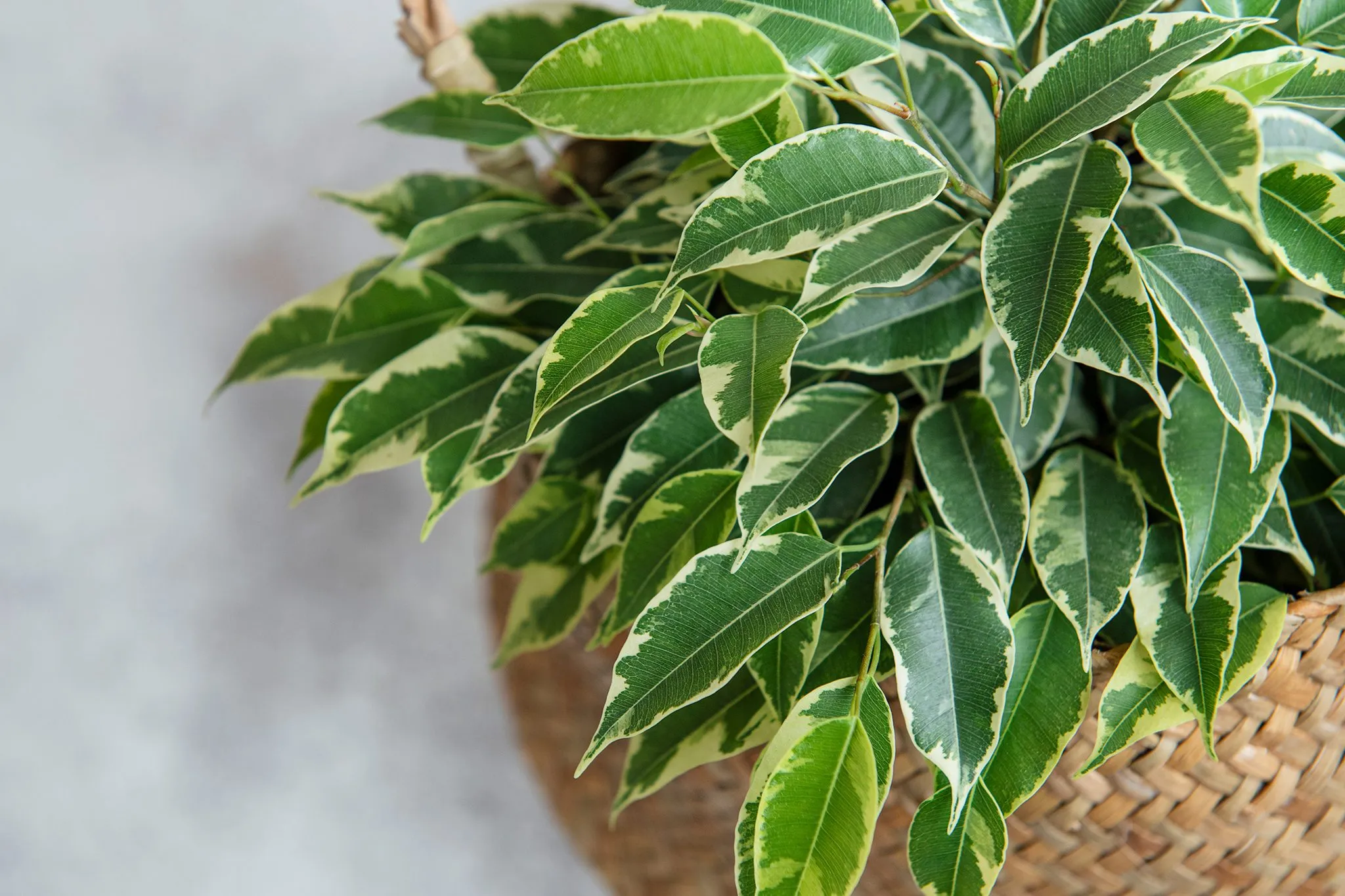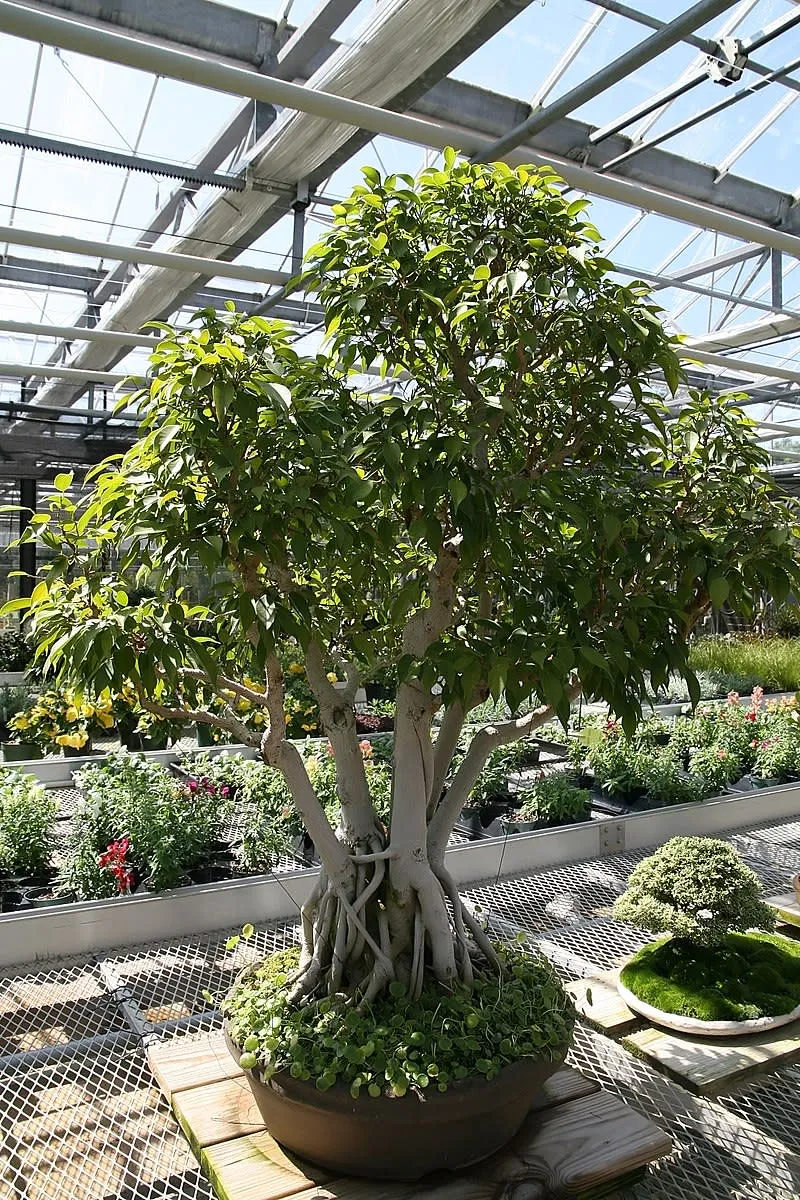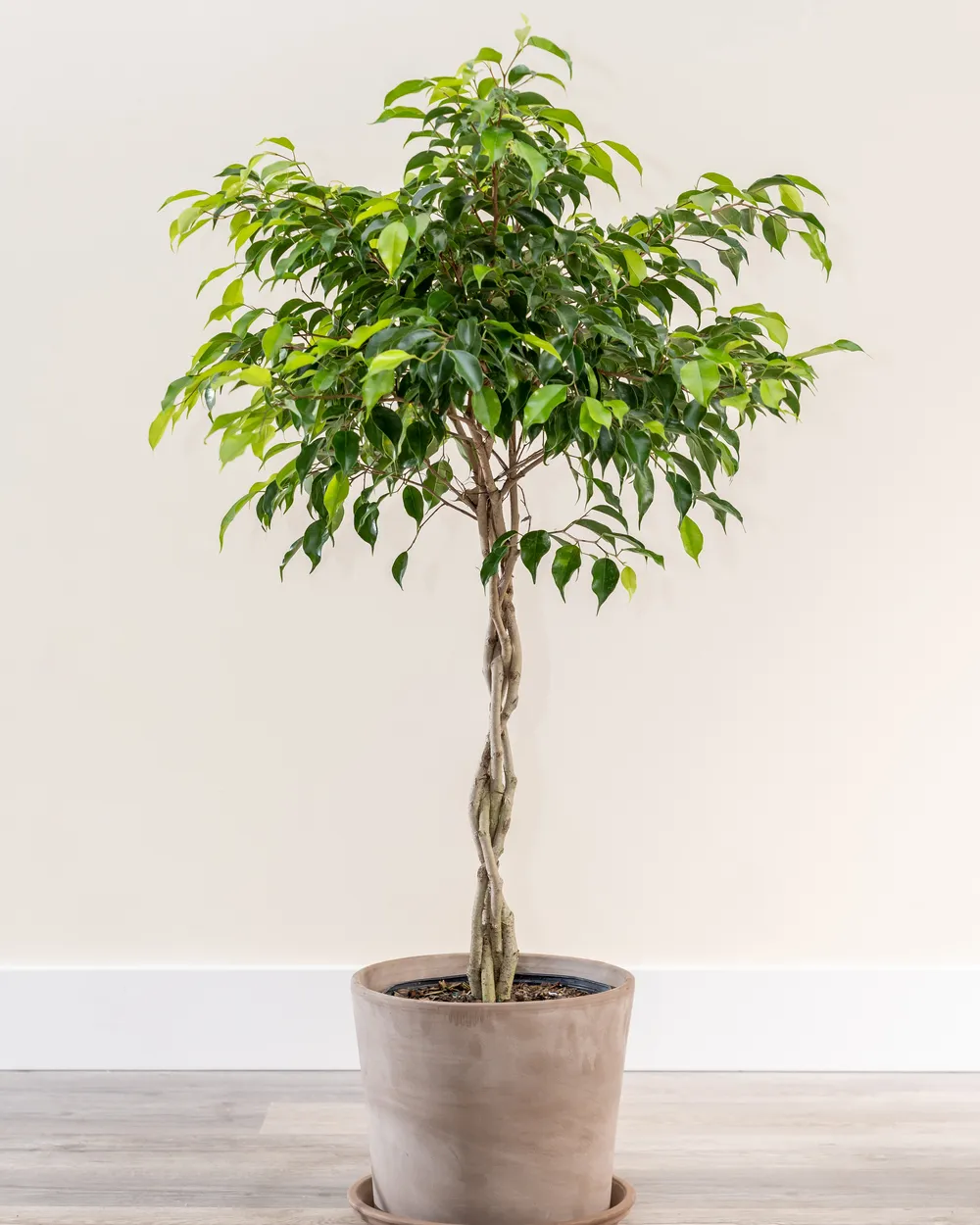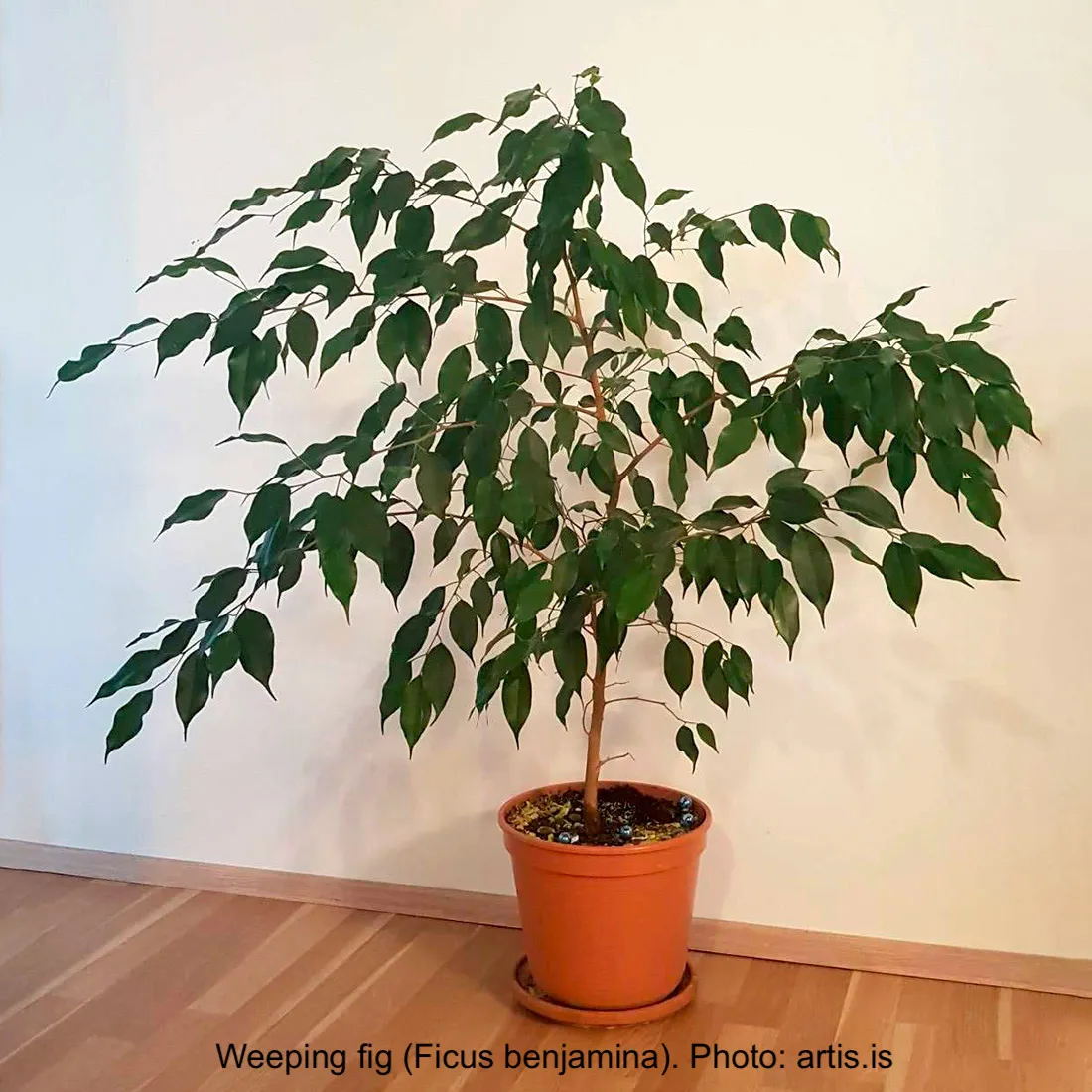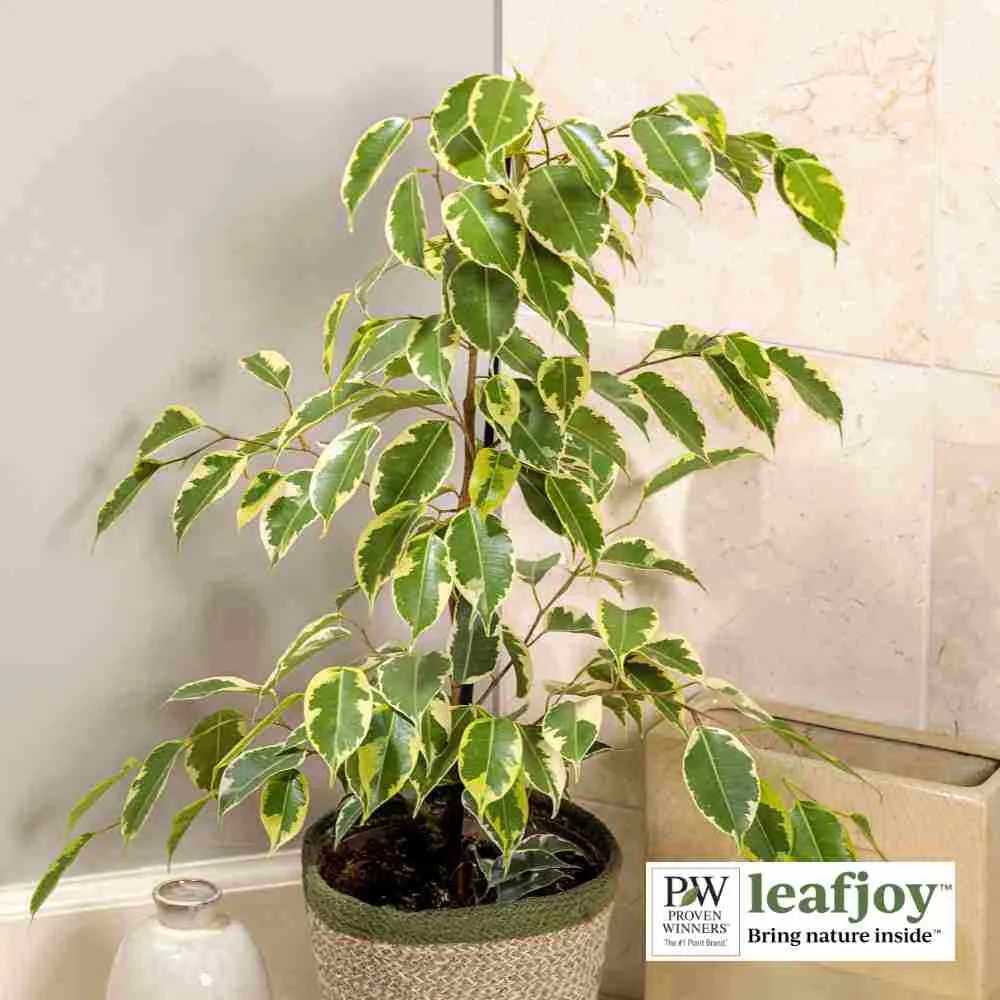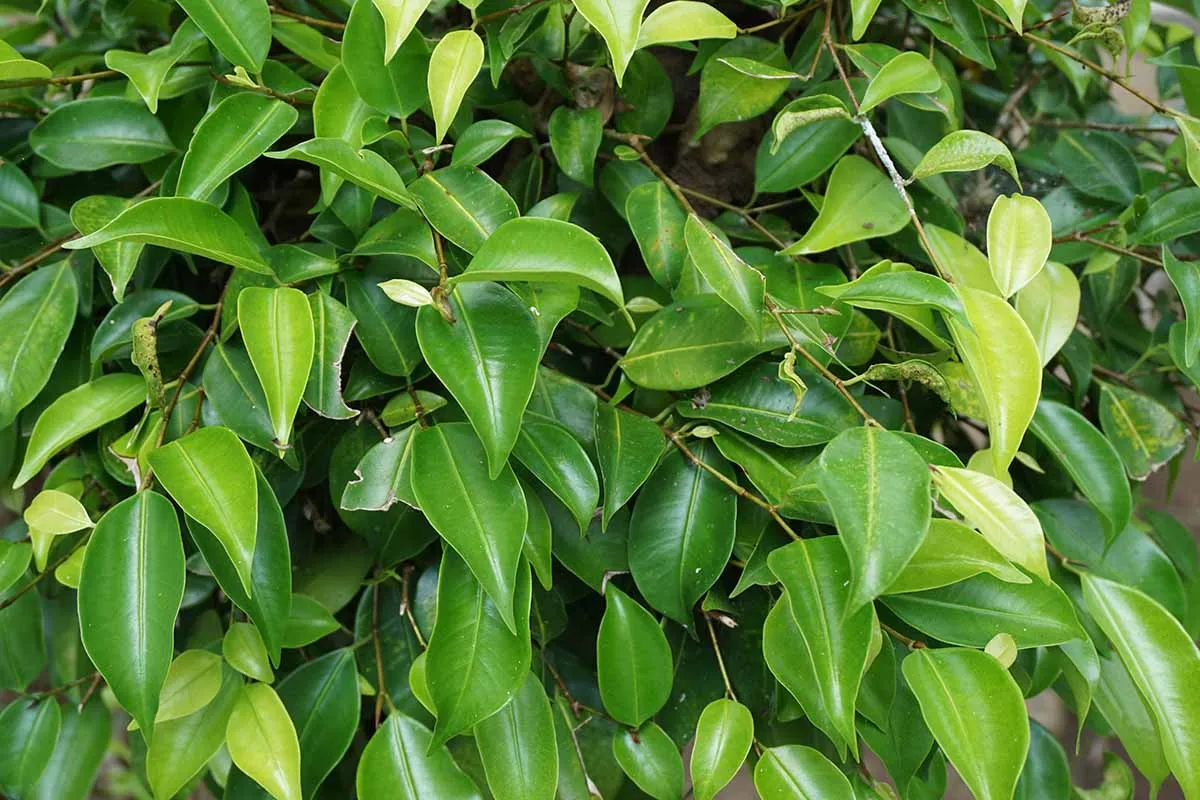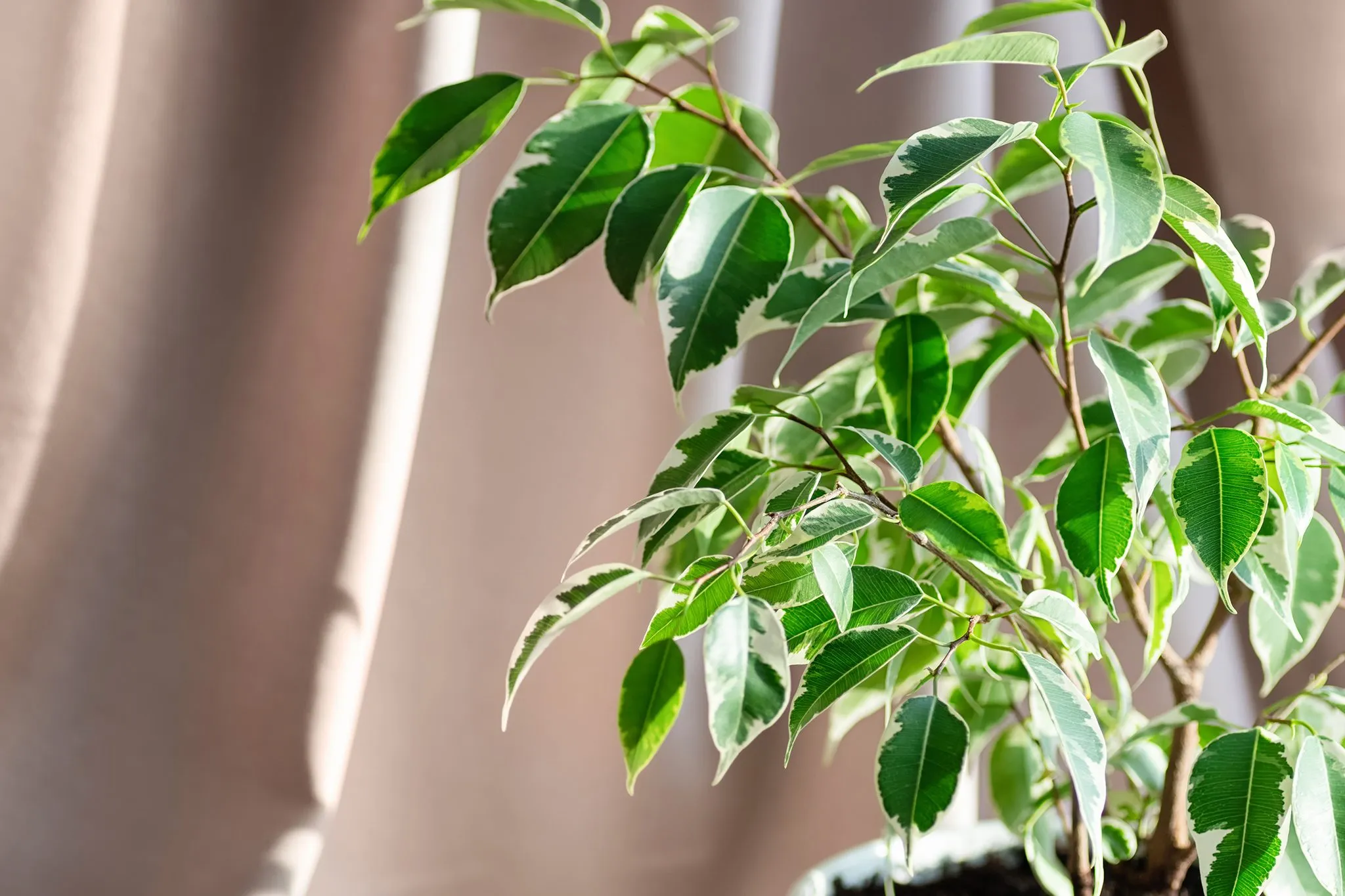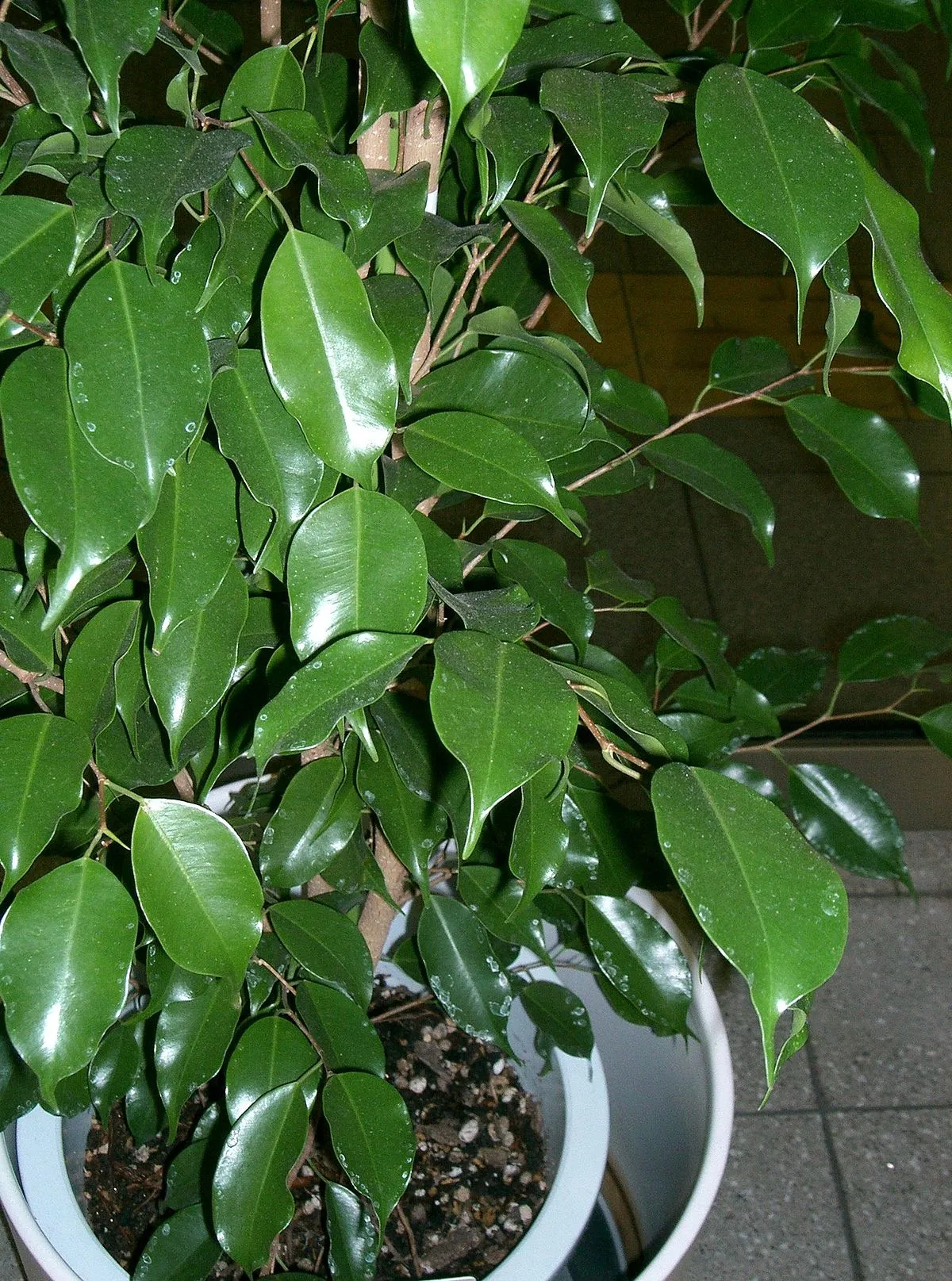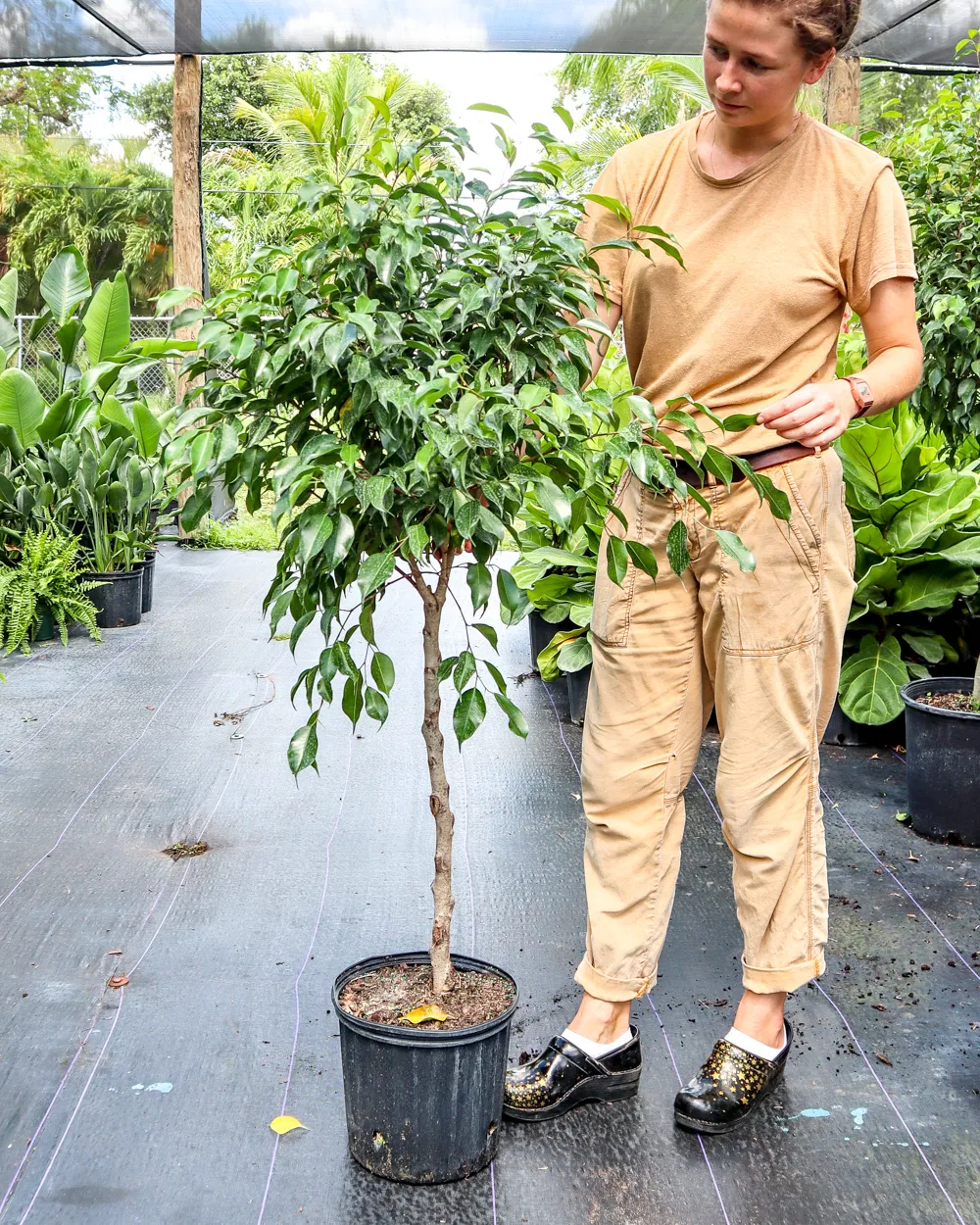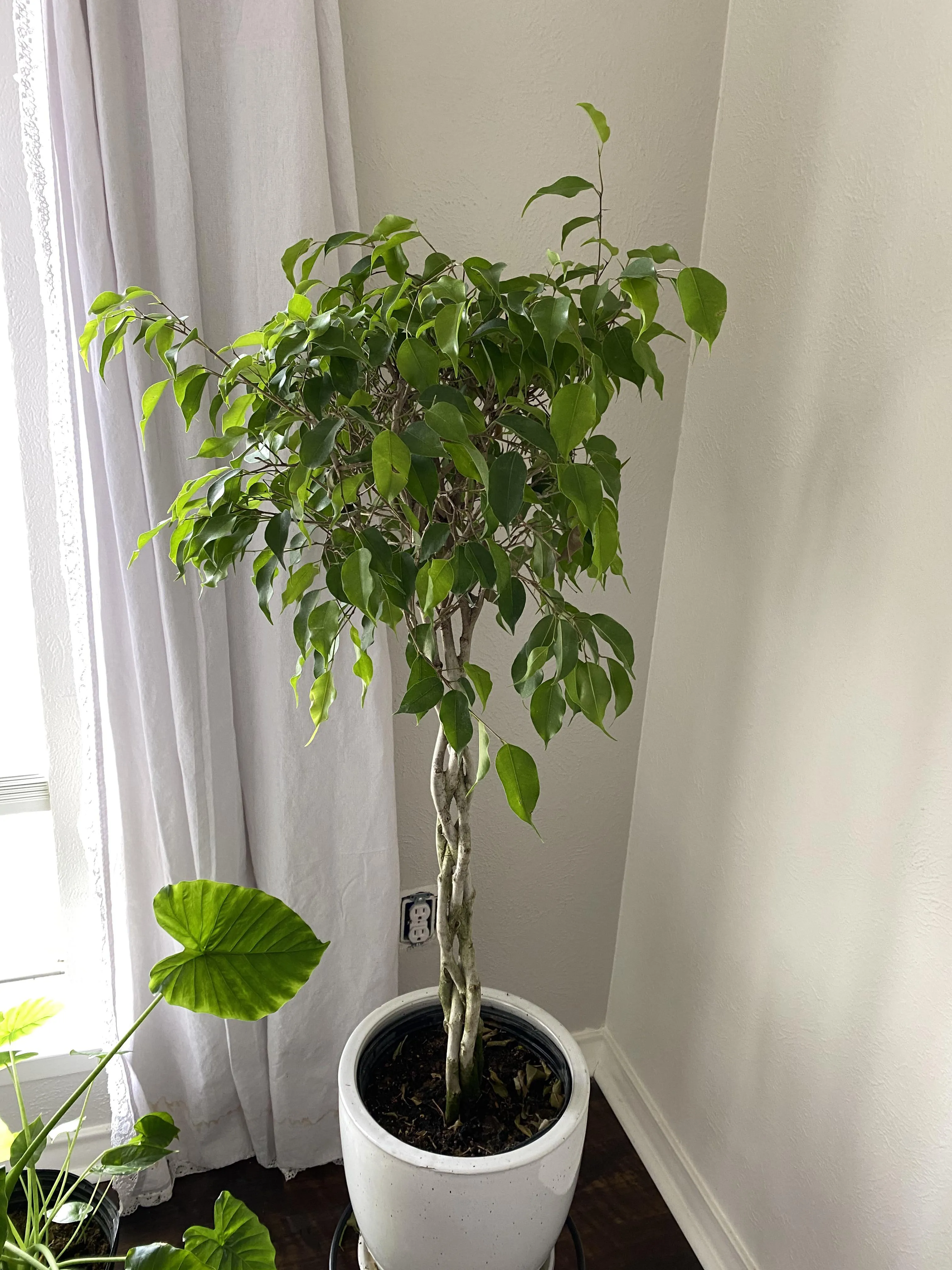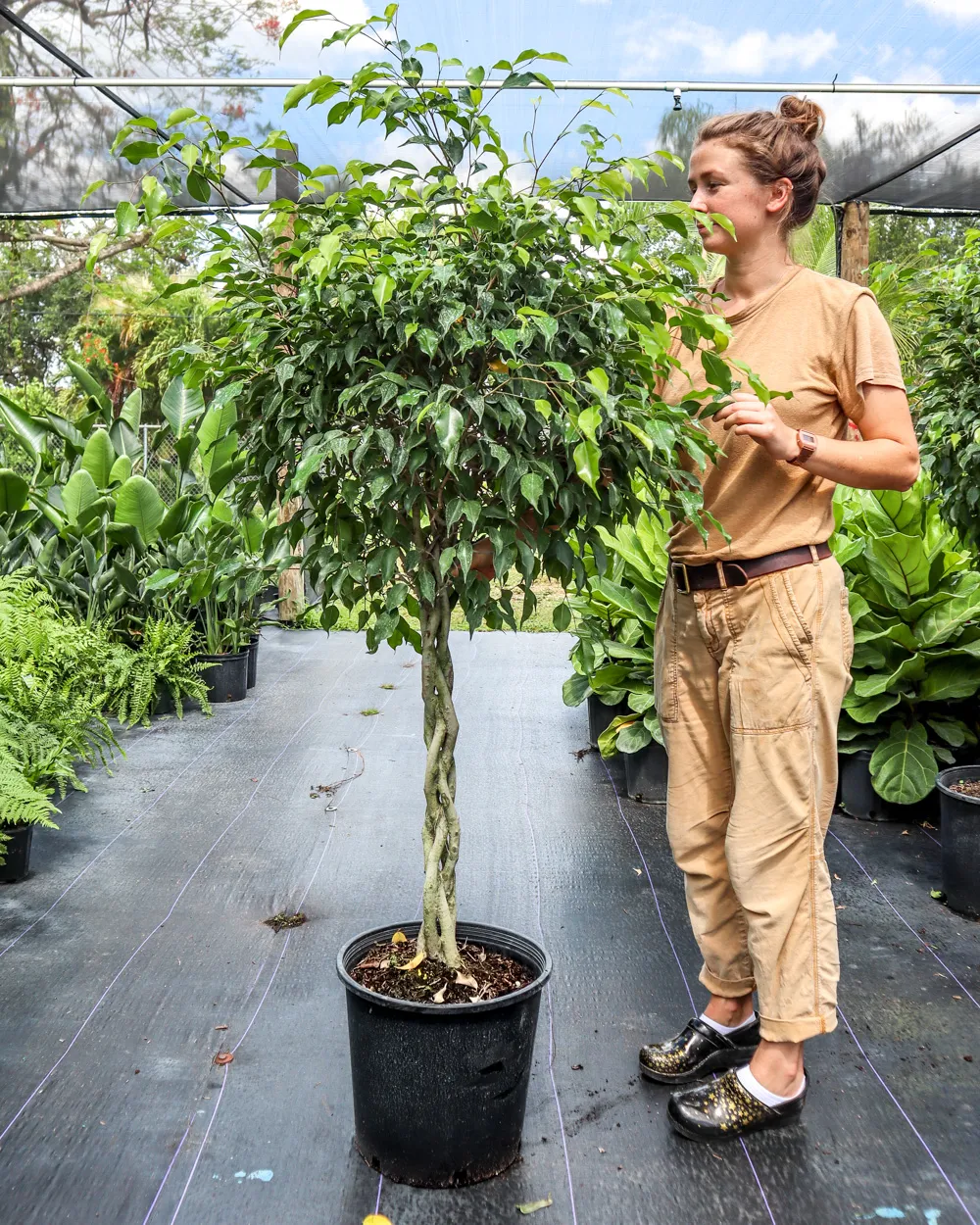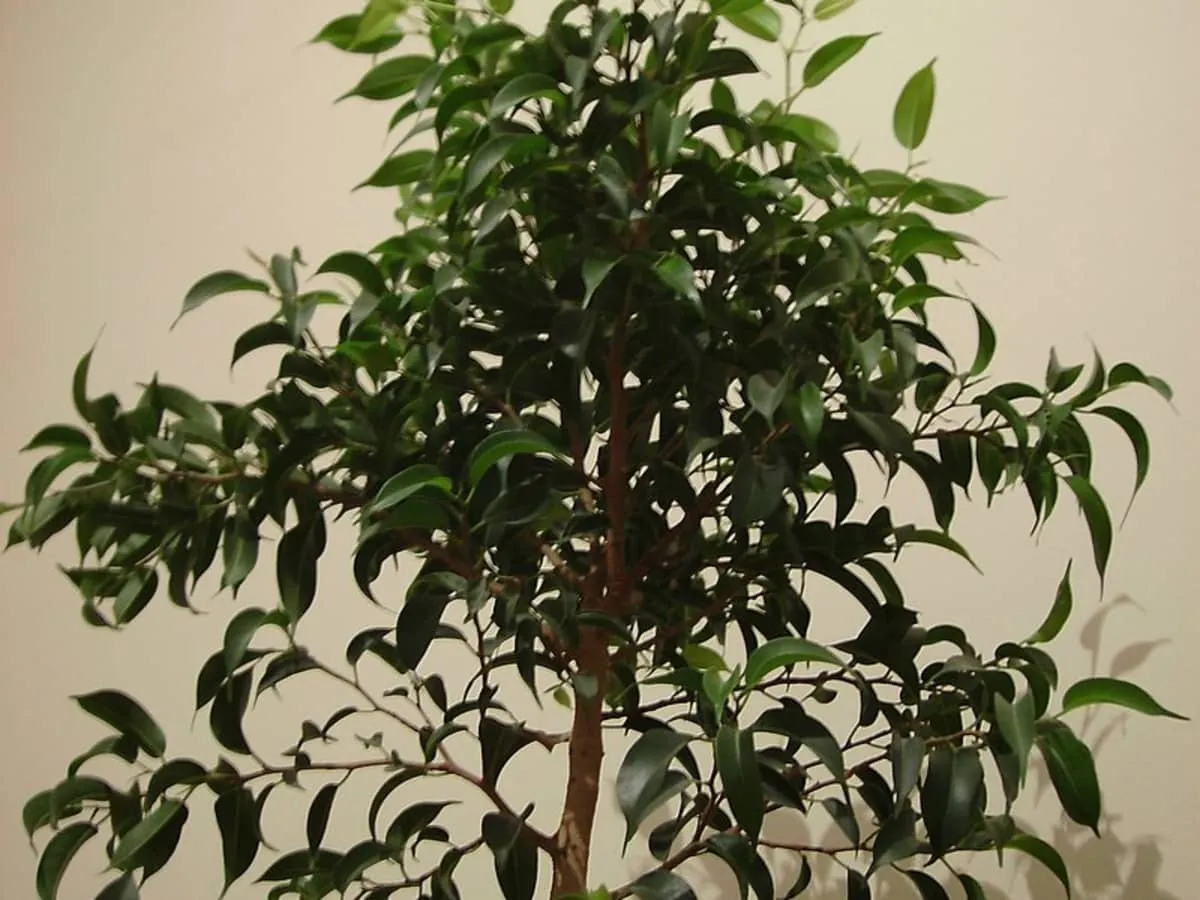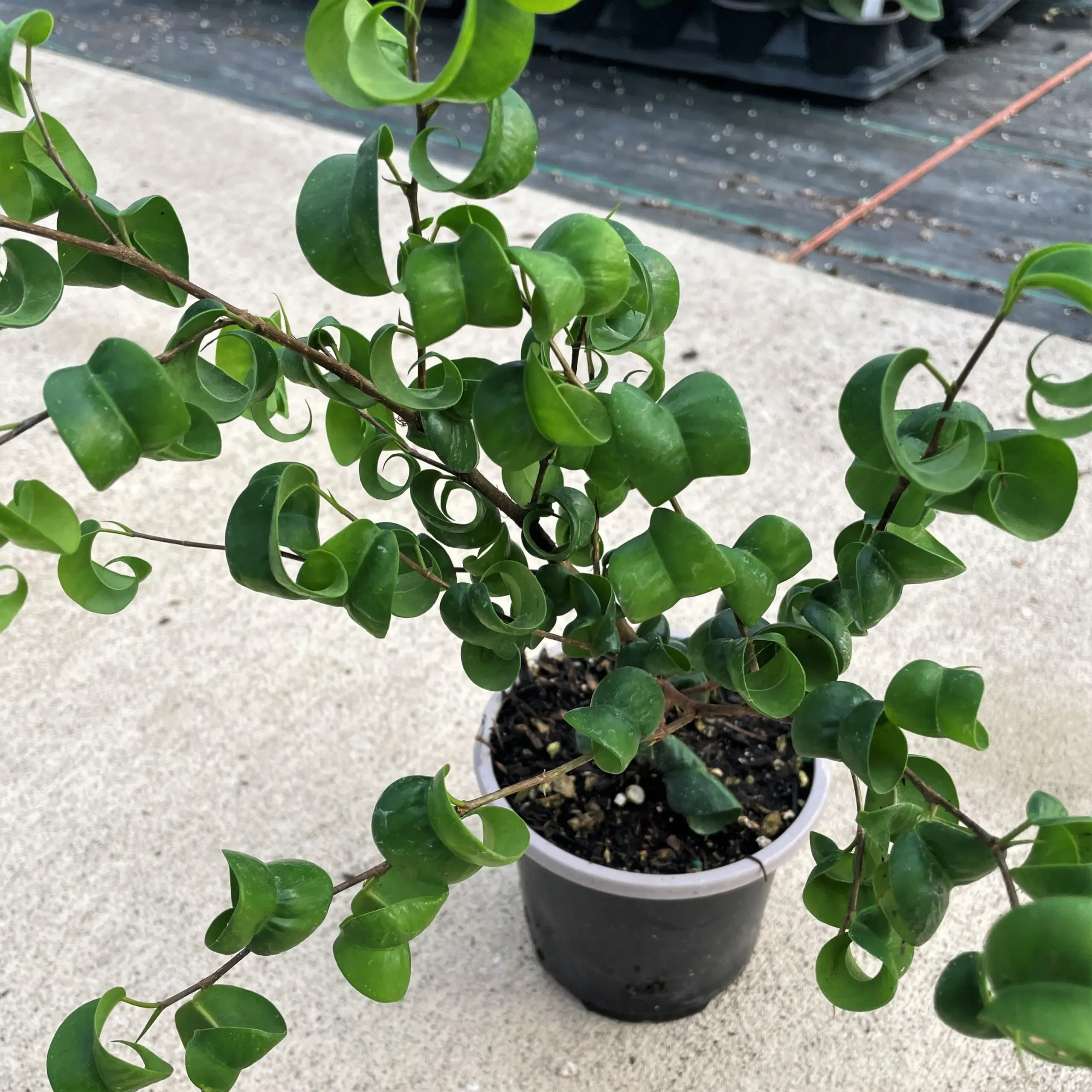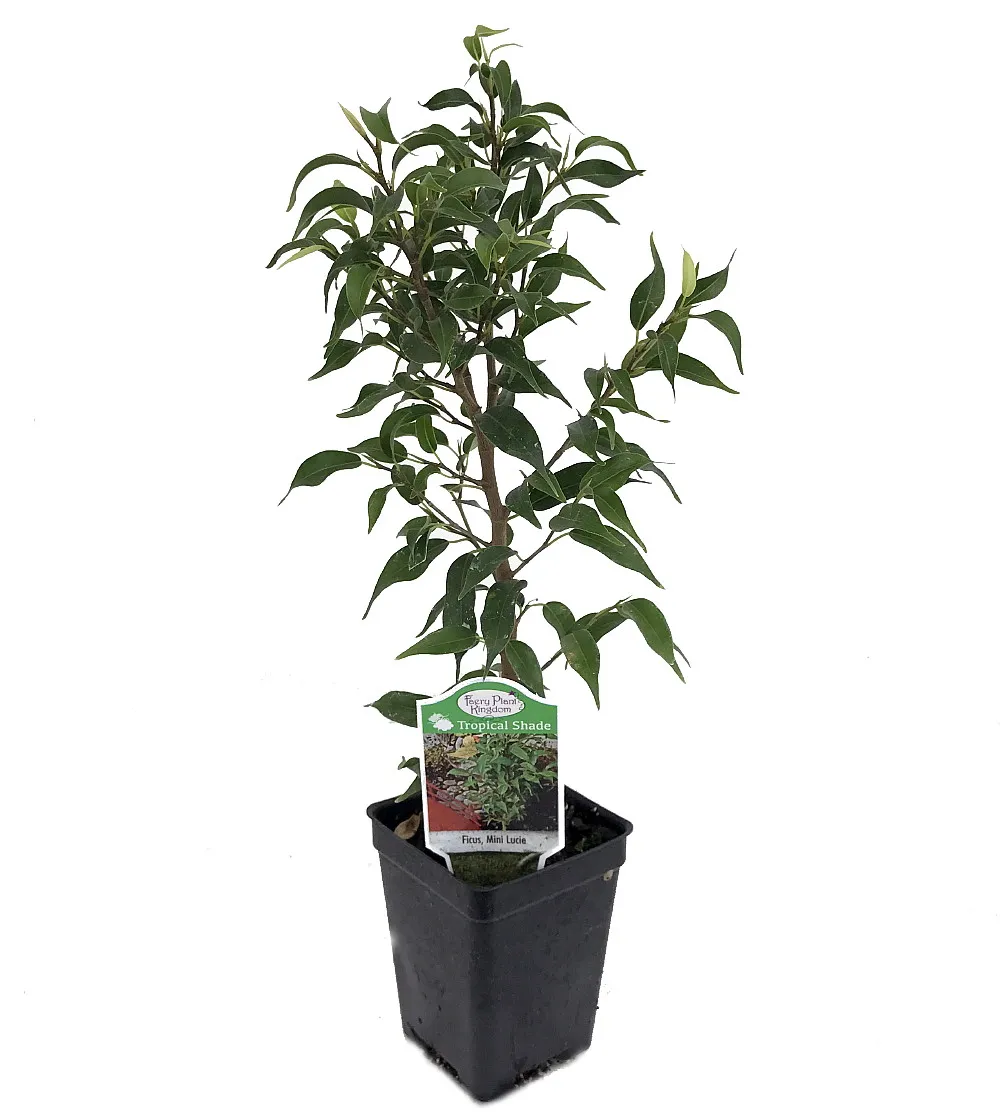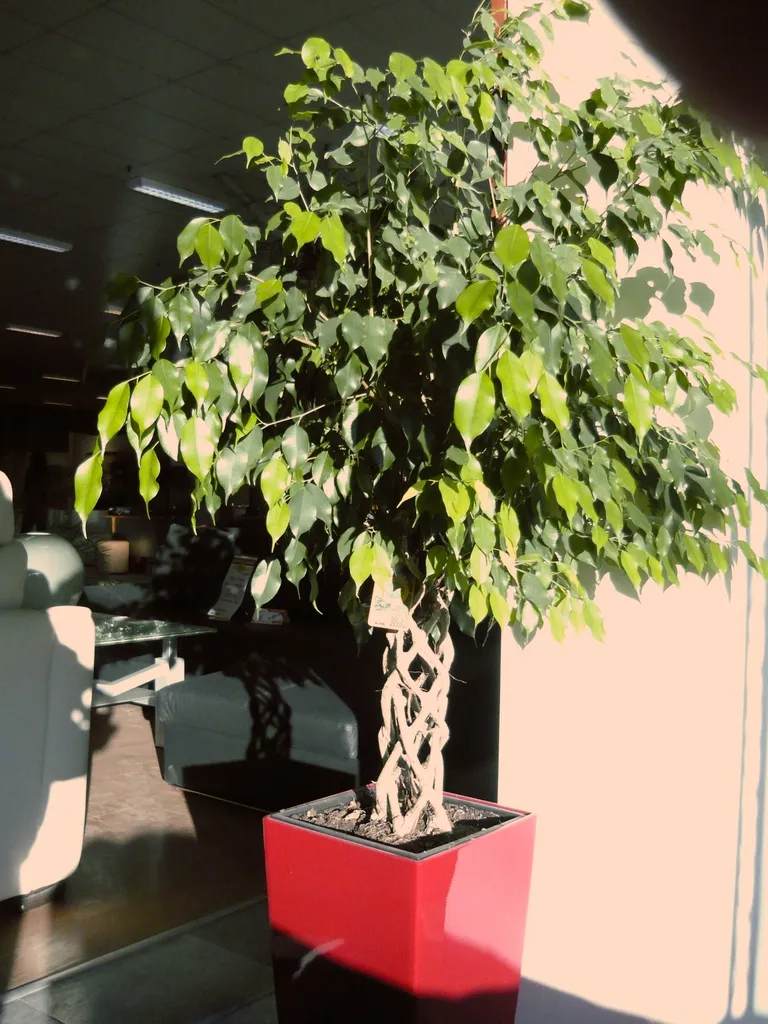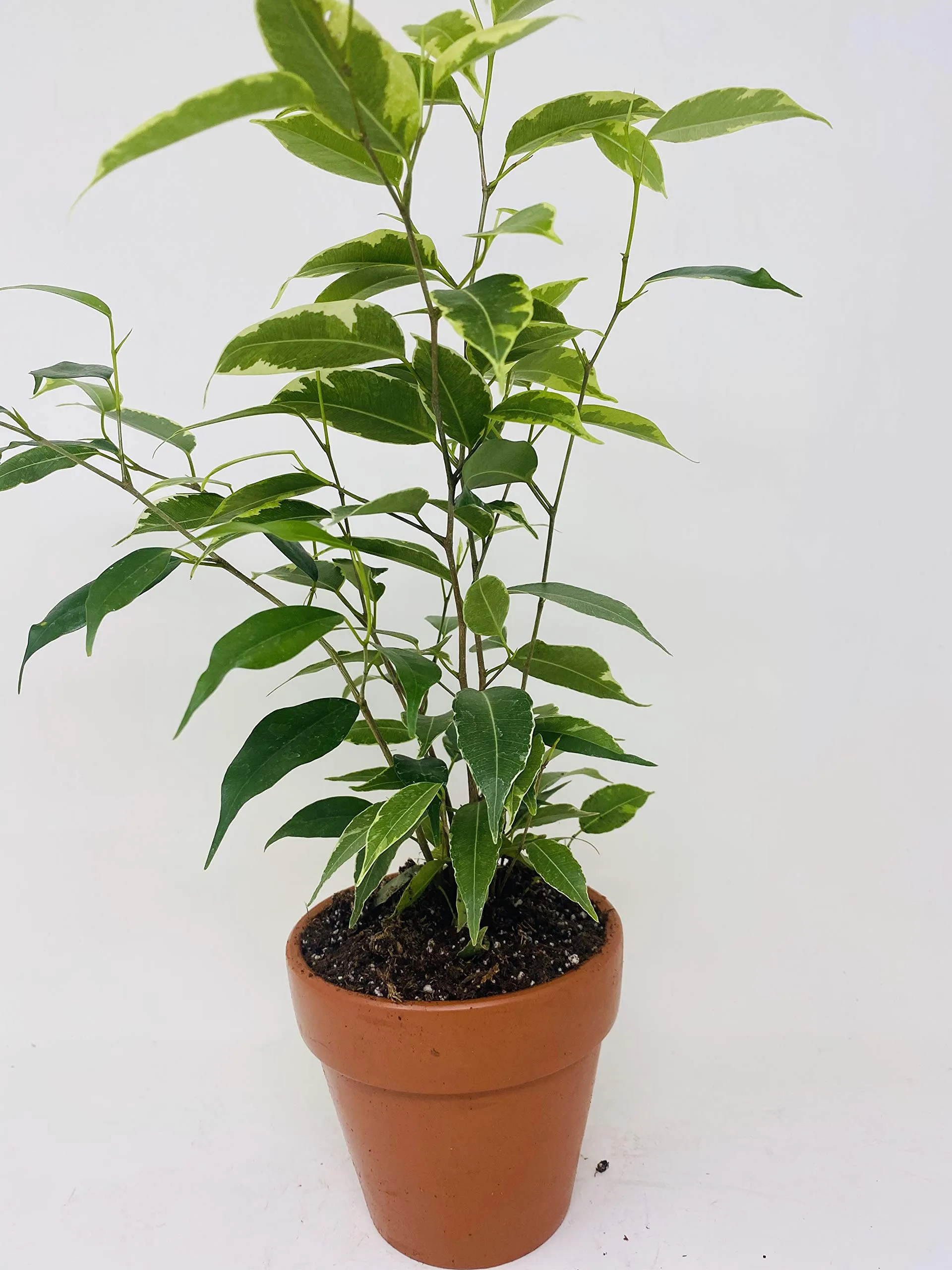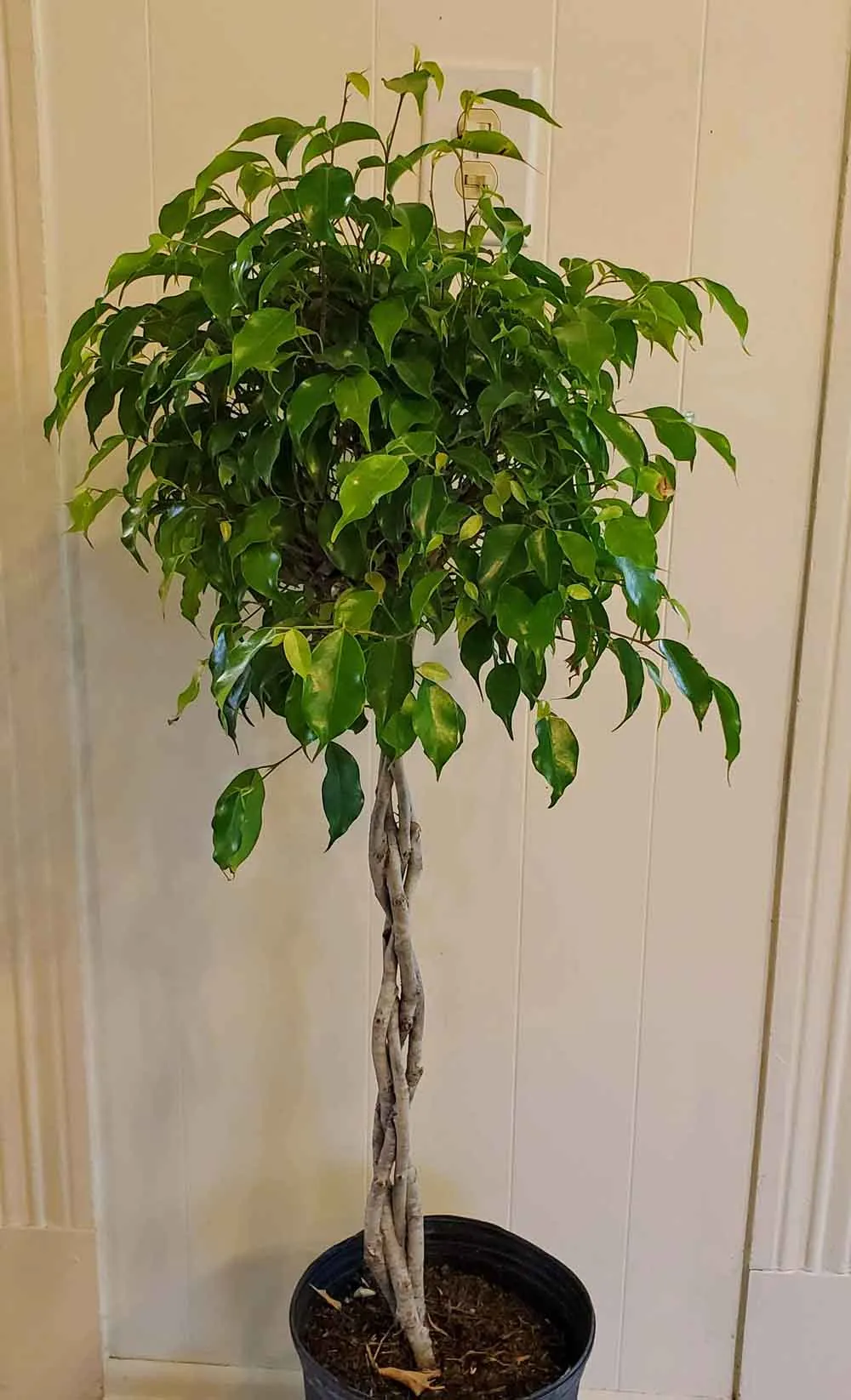Introduction
Houseplants are a great way to add a touch of nature to your home or office space. They not only enhance the aesthetic appeal of the space but also offer a range of health benefits. One such plant that has gained immense popularity in recent years is the weeping fig. In this article, we will discuss everything you need to know about this beautiful plant.
Overview
The weeping fig, scientifically known as Ficus benjamina, is a popular houseplant that is native to Southeast Asia and Australia. It belongs to the family Moraceae and is also known as the Benjamin fig, ficus tree, and simply ficus. The plant is characterized by its glossy, dark green leaves that are oval-shaped and pointed at the tip. The leaves are arranged alternately on the stem and can grow up to 4 inches long.
Care
Light
Weeping figs prefer bright, indirect light. They can tolerate some direct sunlight, but too much can cause the leaves to burn. Place the plant near a window that receives bright, filtered light for optimal growth.
Watering
The weeping fig requires regular watering to keep the soil moist but not waterlogged. Water the plant when the top inch of soil feels dry to the touch. Be careful not to overwater the plant, as this can lead to root rot.
Temperature
The weeping fig prefers warm temperatures between 60-75°F. It can tolerate slightly cooler temperatures, but not below 50°F. Keep the plant away from drafts and air conditioning units, as they can cause the leaves to drop.
Humidity
The weeping fig prefers high humidity levels. You can increase humidity by placing a humidifier near the plant, misting it with water, or placing a tray of water near the plant.
Soil
The weeping fig prefers well-draining soil that is rich in nutrients. You can use a commercial potting mix or make your own by combining equal parts of peat moss, perlite, and vermiculite.
Propagation
The weeping fig can be propagated through stem cuttings. Here's how: 1. Select a healthy stem with several leaves. 2. Cut the stem just below a leaf node. 3. Remove the lower leaves from the stem. 4. Dip the cut end of the stem in rooting hormone. 5. Plant the stem in a pot filled with moist soil. 6. Cover the pot with a plastic bag to create a humid environment. 7. Place the pot in bright, indirect light. 8. Keep the soil moist and wait for roots to develop. 9. Once roots have formed, remove the plastic bag and care for the new plant as you would a mature weeping fig.
Common Problems
Leaf Drop
One of the most common problems with weeping figs is leaf drop. This can be caused by a variety of factors, including overwatering, underwatering, changes in temperature or humidity, and pests. To prevent leaf drop, make sure you are providing the plant with the right amount of water and humidity, and keep it away from drafts and air conditioning units.
Pests
Weeping figs are susceptible to a range of pests, including mealybugs, spider mites, and scale insects. To prevent pests, keep the plant clean and free of debris, and inspect it regularly for signs of infestation. If you do notice pests, treat the plant with an insecticidal soap or neem oil.
Root Rot
Overwatering can lead to root rot, which is a serious problem for weeping figs. To prevent root rot, make sure the soil is well-draining and that you are not watering the plant too frequently. If you suspect root rot, remove the plant from its pot and inspect the roots. If they are brown and mushy, trim away the affected roots and repot the plant in fresh soil.
Conclusion
The weeping fig is a beautiful and popular houseplant that is relatively easy to care for. With the right amount of light, water, and humidity, your weeping fig can thrive and add a touch of nature to your home or office space. Keep an eye out for common problems like leaf drop and pests, and take action promptly to prevent further damage. With a little bit of care and attention, your weeping fig can live a long and healthy life.
Frequently asked questions about Weeping fig wallpapers
Q: What is a weeping fig?
A: Weeping fig, also known as Ficus benjamina, is a popular houseplant known for its lush foliage and graceful, weeping branches.
Q: How many weeping fig pictures are available on your website?
A: We have 42 high-quality pictures of weeping figs available for free download on our website.
Q: What is the category of weeping fig pictures on your website?
A: Our weeping fig pictures are categorized under "Houseplants."
Q: What file types are available for download?
A: We offer three file types for download: .jpg, .png, and .webp.
Q: Can I download weeping fig pictures in different sizes?
A: Yes, you can download weeping fig pictures in different sizes by selecting the desired width and height options.
Q: Is there a limit on the number of weeping fig pictures I can download?
A: No, there is no limit on the number of weeping fig pictures you can download. You can download as many as you like, free of charge.
Q: Do I need to create an account to download weeping fig pictures?
A: No, you do not need to create an account to download weeping fig pictures. Simply browse our collection and download the pictures you like.
Q: Is it free to download weeping fig pictures from your website?
A: Yes, all of our weeping fig pictures are available for free download.
Q: Will the website automatically choose the right size for my mobile device?
A: Yes, our website automatically detects the visitor's mobile screen size and chooses the appropriate size for optimal viewing.
Q: Can I use weeping fig pictures for commercial purposes?
A: Our weeping fig pictures are available for personal and non-commercial use only. If you wish to use them for commercial purposes, please contact us to obtain permission.
Q: Can I edit or modify weeping fig pictures after downloading them?
A: Yes, you are free to edit or modify weeping fig pictures after downloading them. However, please note that you may not use them for commercial purposes without our permission.


